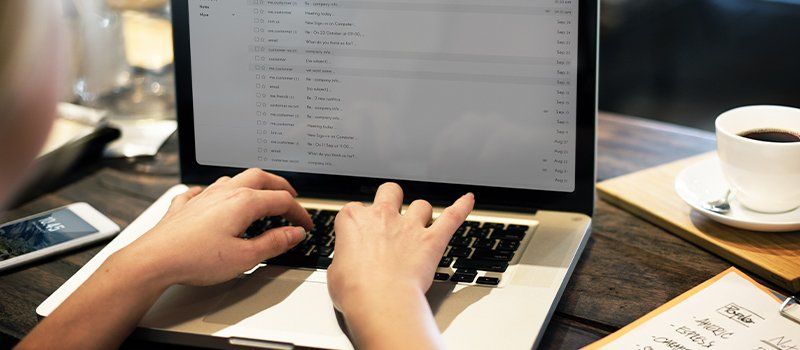The worst workplace emails you can send
Work emails are a nuisance for most employees; whether they are to chase a colleague on a task, to set out a meeting agenda or prompt a client to get in touch, composing them and reading them takes up a large portion of the working day.

Not only that, but they can also distract us away from our workloads and the important tasks we have set out, encouraging us to procrastinate and put off responsibilities. This has been echoed in research by The McKinsey Global Institute, which found that an average employee spends 13 hours a week reading and responding to emails. This equates to a total of 660 hours spent on completely reactive, low value work.
These email interruptions can also have a drastic impact on productivity. In fact, a study by the Danwood Group found that it takes an average of 64 seconds to recover from an email interruption and return to work at the same work rate as before. In addition, this overload in emails can also increase stress levels among workers. A team of researchers at UC Irvine and the US Army discovered this after they tracked participants with heart rate monitors. They found that limiting email access dramatically reduced stress levels.
Now, with employees working from home, emails are taking up a large portion of our day when it comes to maintaining communication and sending across documents. However, it’s important to point out that there are several types of emails that should be avoided, as reported by Forbes. To ensure you avoid these at all costs, Executive Grapevine has revealed what these are:
1. War and peace
During the working day, it is likely an employee will receive a long-winded email that offers no insight. When this happens the recipient tends to dart around the copy to find the main points or key words to give them some direction, however when this isn’t possible, it means dedicating a large portion of time to deconstruct it, or coming back to it a later date.
If you find yourself guilty of constructing these types of emails, instead make sure that your emails are brief, focussed and to the point. A good way of setting this out is by using bullet points and allowing for more white space so they are readable for the recipients.
2. Duck, duck, goose
An email that asks for a single action but is sent out to multiple colleagues is one of the most confusing, and can lead to the intended task being forgotten about or falling through the cracks as every recipient claims to be unsure of who was supposed to deliver it.
Of course, in the workplace several co-workers may need to be included on an email chain so that everyone is aware of what is going on. However, when a task needs to be carried out, it’s important to specify who you are delegating this to, making it clear for everyone involved who is responsible for what.
3. Avoiding communication
Throughout this period, employees have grown to rely on tech to communicate with co-workers as physical interactions have been diminished as a result of the pandemic. This has transpired into emails, with colleagues using this form of interaction when they don’t want to actually talk to someone. This can lead to frustration and confusion as sometimes a simple call or video chat can solve a situation, while an email can often complicate it.
Instead, try and avoid a reliance on email to communicate with others. Depending on what the situation is, think about what the best mode of contact would be to solve the matter and speak to someone direct.
My Grapevine – Jade Burke

